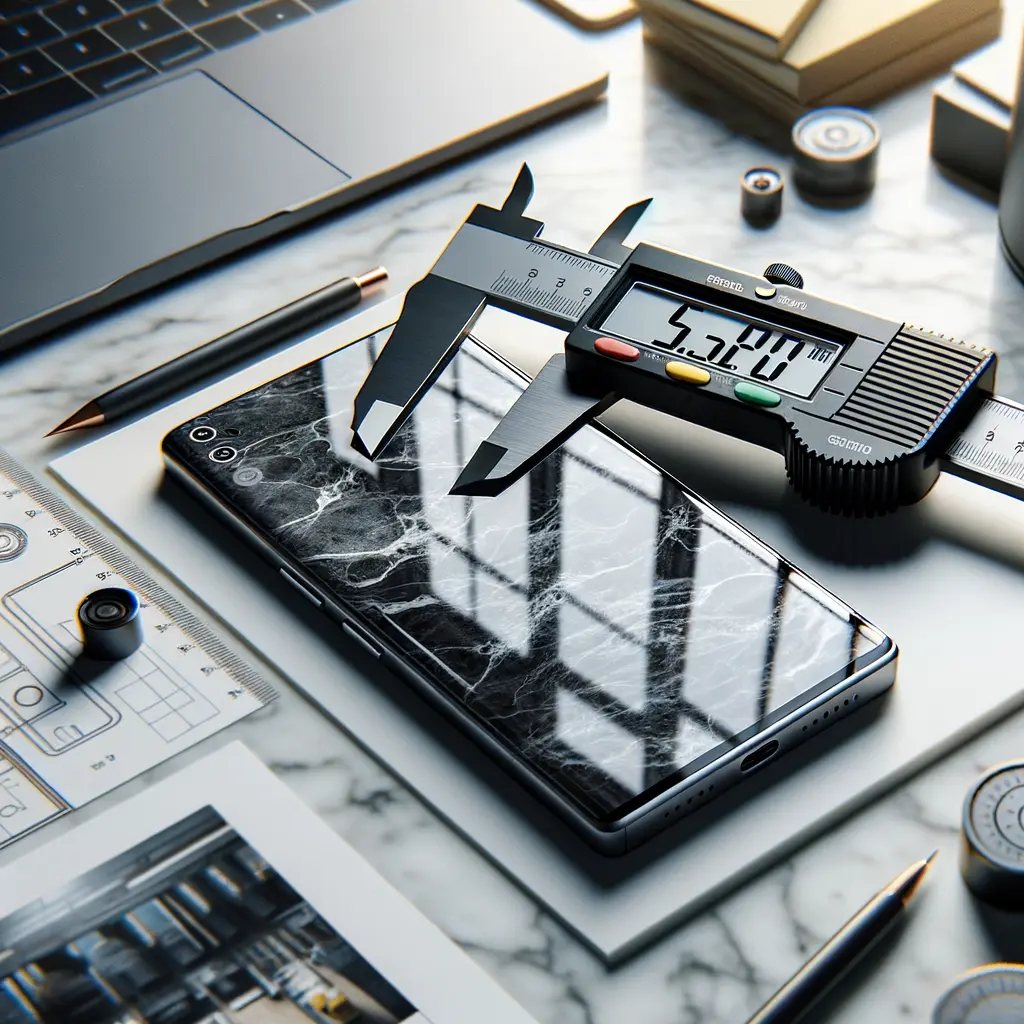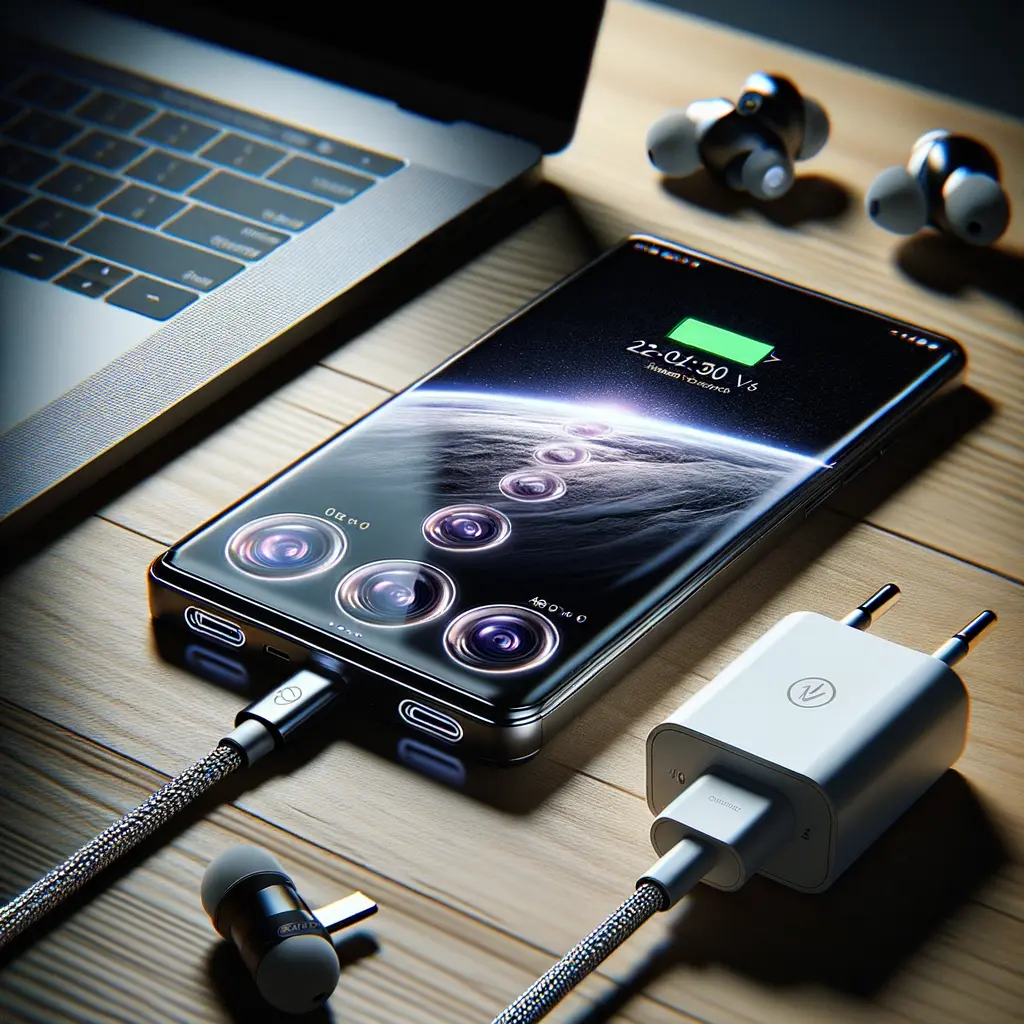iPhone 17 Release Timeline and Line-Up Changes
Every September Apple enthusiasts circle the calendar for the next big iPhone 17 release, and 2024 is expected to follow the same script. According to multiple reliable leakers and supply-chain analysts, Apple will once again unveil four models—but with a twist. The classic “Plus” variant may disappear in favor of a brand-new iPhone 17 Air (also gehandelt als iPhone 17 Slim or 17R). That means the 2024 line-up could read: iPhone 17, iPhone 17 Air, iPhone 17 Pro and either an iPhone 17 Pro Max or the long-rumored iPhone 17 Ultra.
Historically, rumors this far ahead get refined over the summer, yet several sources with accurate track records—think Ming-Chi Kuo and Mark Gurman—converge on the same outline. Suppliers in China are reportedly ramping up production of 6.1-inch and 6.6-inch OLED panels, a hint that the Air model will sit between the standard and Pro Max sizes. With roughly two months to go, dummy units are already leaking on Chinese social media, while CAD files show a refreshed camera bar reminiscent of Google’s Pixel line.
Why does the iPhone 17 release matter for everyday users? Beyond the obvious performance gains, Apple is poised to reset the naming strategy and deliver more distinct devices for specific users—slim-phone fans, pro photographers and battery-life devotees. For more context on Apple’s yearly cadence, check our deep dive into previous iPhone launch patterns or our timeline of iOS 18 feature releases.

Ultra-Thin iPhone 17 Air: Design, Display and Battery Trade-Offs
The headline-grabbing rumor for 2024 is undoubtedly the iPhone 17 Air design. Apple is allegedly engineering its thinnest smartphone ever—potentially slimmer than the current iPad Pro M4. Early supply-chain chatter pegs the chassis at under 6 mm, which would undercut Samsung’s 7.9 mm Galaxy S25 Edge. A 6.6-inch LTPO OLED panel is tipped for the front, complete with 120 Hz ProMotion—a first for a non-Pro iPhone.
Design sketches show an aluminum frame with rounded edges, a wide camera visor rather than the familiar square bump, and a weight drop of roughly 15 %. That thinness comes with compromises: battery capacity is likely to shrink from the 4,400 mAh cell in today’s Plus model to somewhere near 3,500 mAh. Apple will offset this by using a new stacked battery design and the highly efficient A19 SoC fabbed on TSMC’s 2 nm process.
Camera hardware may also simplify. Most reports say the Air will carry a single 48-MP main sensor—no telephoto—similar to Google’s Pixel 8a strategy. If Apple nails the computational photography, casual users may never miss the extra lens. The payoff is a razor-thin profile perfect for pockets or small handbags. If you’re curious how Apple has handled thin devices in the past, see our analysis of the iPad Pro’s durability or our guide to iPhone battery longevity best practices.

Standard iPhone 17: 120 Hz Finally Comes to the Base Model
If you held off upgrading last year because the entry iPhones were still stuck at 60 Hz, 2024 might be your moment. Multiple display supply contracts indicate every model in the iPhone 17 release will ship with ProMotion. That means smoother scrolling, crisper animations and better Apple Pencil latency if the rumored Pencil support expands. The base iPhone 17 keeps a 6.1-inch footprint but gains an LTPO panel capable of dropping to 1 Hz for always-on functionality—great for battery life.
Internally, the standard model is set to receive Apple’s A19 chip with 8 GB of LPDDR5X RAM, aligning it with last year’s Pro. Expect a modest 15-20 % CPU uplift and a GPU employing Dynamic Caching first introduced in A17 Pro. Wi-Fi 7 and the in-house C1 5G modem should also debut here, promising faster downloads with less power draw.
Camera upgrades are evolutionary rather than revolutionary: a 48-MP wide lens and 12-MP ultra-wide remain, but software tricks like Smart HDR 7 and improved Night mode are in testing. Keep an eye on our comparison of iPhone 16 vs. iPhone 17 ProMotion impact, which will be updated once review units land.
(YouTube video embedded here)
iPhone 17 Pro & Ultra: Camera Overhaul and A19 Pro Performance
Pro users crave bleeding-edge hardware, and Apple seems ready to deliver with the iPhone 17 Pro line. Whether it’s branded Pro Max or the long-anticipated iPhone 17 Ultra, rumors converge on a dramatic camera redesign. Instead of the signature square bump, CAD models reveal a horizontal camera bar spanning the full width of the glass back—similar to Pixel 8 Pro—housing three 48-MP sensors: wide, ultra-wide and now a telephoto, finally ending the 12-MP bottleneck. A periscope mechanism is rumored to offer continuous 5× to 8× optical zoom, beating the Galaxy S24 Ultra’s fixed 5× setup.
To power those pixels, the A19 Pro silicon reportedly moves to a 2 nm node with 12 CPU cores and a 6,000-core GPU supporting hardware-accelerated ray tracing. Pair that with 12 GB of RAM and Apple’s first vapor-chamber cooling system, and sustained performance for ProRes video recording or AAA Apple Arcade games should soar.
Expect exclusive Pro features like a titanium frame, Thunderbolt-class USB-C port and up to 2 TB storage. The iPhone 17 Ultra rumors even mention a 6.9-inch display and satellite-enabled FaceTime. Creatives should bookmark our forthcoming tutorial on leveraging Log video on iPhone, and photographers can revisit our guide to Apple ProRAW workflow for high-resolution editing.

Connectivity, Charging and Battery Life Across the Range
Beyond headline features, the iPhone 17 release will focus on daily usability. All four models are tipped to adopt Wi-Fi 7, offering up to 2.4 Gbps real-world throughput and lower latency for Apple Vision Pro streaming. The in-house C1 modem inside the iPhone 17 Air could make it Apple’s first phone free of Qualcomm parts, though the Pro series may stick to Snapdragon X75 for mmWave performance parity.
Charging sees long-overdue bumps: 40 W wired via USB-C and 25 W MagSafe are being tested. That’s still conservative compared to Oppo’s 100 W solutions, but a 30 % jump over today’s 31 W peak will shave precious minutes off top-ups. Apple is also experimenting with graphite cooling pads around the battery to mitigate heat during fast charging.
Battery life should remain similar to the iPhone 16 family, with slight gains from A19 efficiency. Only the ultra-thin iPhone 17 Air design may dip below the Plus model’s legendary endurance, though LTPO and the newest OLED materials (M14 stack) could offset the smaller cell. If you’re curious how Apple measures battery cycles, check out our explainer on iPhone battery health or our tips for maximizing MagSafe efficiency.

iPhone 17 Price Outlook and Final Thoughts on the iPhone 17 Release
Pricing is always the wildcard. Industry insiders say component costs—especially advanced 2 nm wafers—could nudge the iPhone 17 price up by $50-$100 per tier. That would place the base 128 GB iPhone 17 at $849, the slim iPhone 17 Air at $949, the iPhone 17 Pro at $1,099 and a possible iPhone 17 Ultra at $1,299. Apple may sweeten the deal with double the base storage or longer AppleCare+ trials, but final numbers will depend on exchange rates and supply stability.
So what should buyers expect from the iPhone 17 release? In a word: differentiation. The Air model targets minimalists, the standard model catches up on display tech, and the Pro/Ultra variants push imaging and performance boundaries. If even half these leaks land, 2024 could mark Apple’s most varied smartphone portfolio yet.
As always, remember these insights are grounded in credible yet unofficial information. Apple’s September keynote could still surprise us—perhaps with color-matched MagSafe rings or AI-first iOS 18 features. Stay tuned to our site for launch-day coverage, hands-on impressions and a full breakdown of how the iPhone 17 stack compares to Android flagships. Until then, let us know in the comments whether you plan to upgrade and which rumored feature excites you most about the iPhone 17 release.







